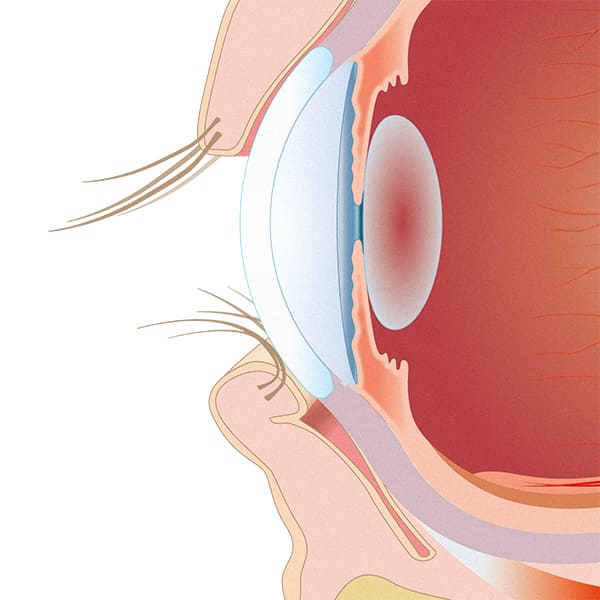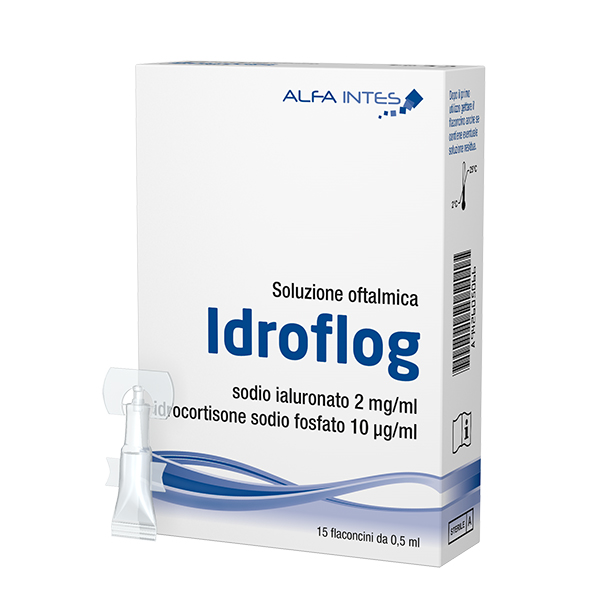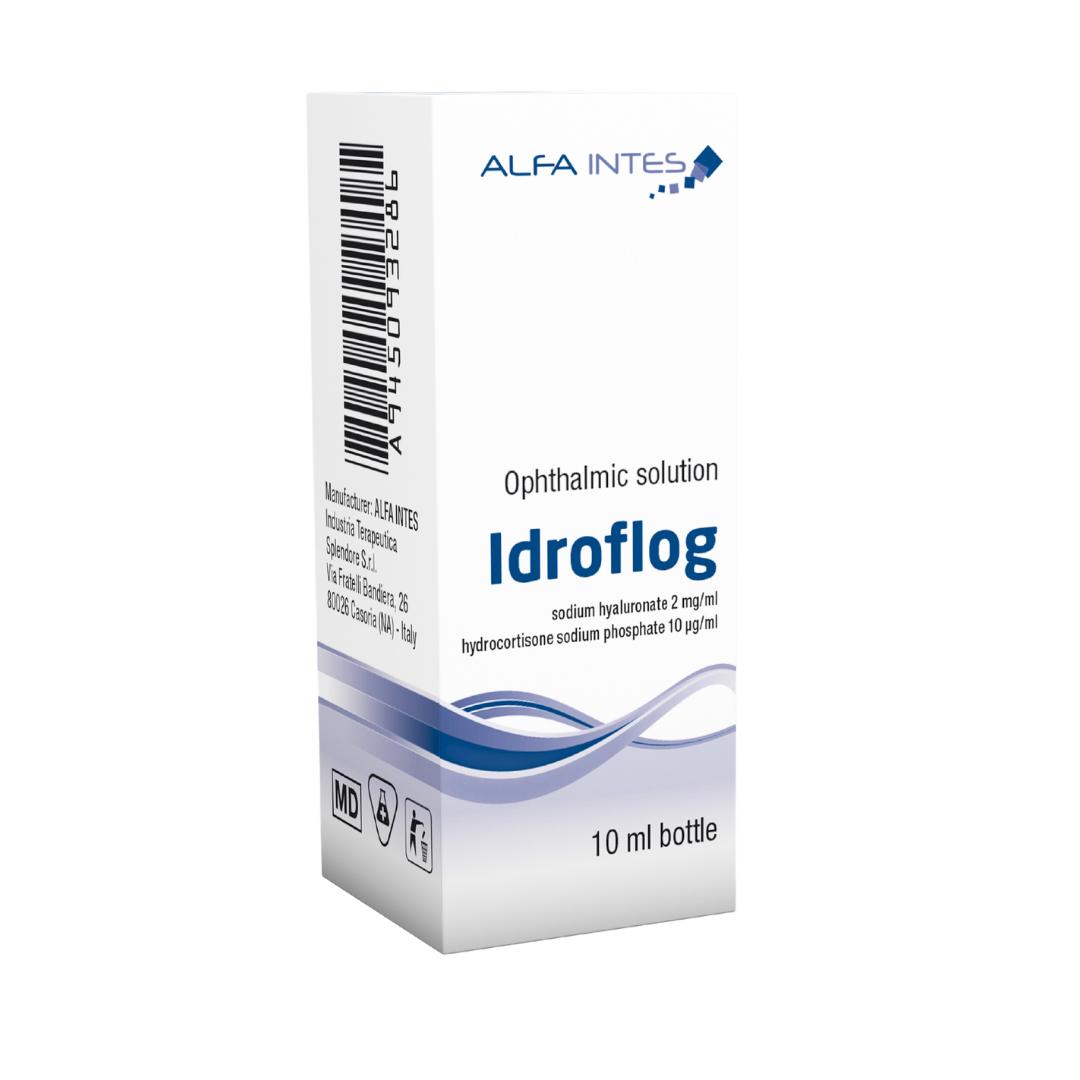Diagnosis
The diagnosis of entropion is made by a normal eye examination.
During the examination, the doctor will assess the muscle tone and hyperlaxity of the eyelid tissues, indicating the best therapy or surgical technique, depending on the situation.
If entropion is suspected to be caused by scarring or previous surgery, the surrounding tissue will also be checked by the doctor.
Treatment
The treatment of entropion depends on its cause and the presence of the damage it may cause; in particular, the condition of the cornea influences the choice of therapy to be adopted.
In the case of mild entropion, your doctor may prescribe eye drops or ointments to alleviate the discomfort caused by the condition, although these are not intended to be curative.
In some cases, it may be necessary to apply an eye patch to evert (reposition) the eyelid or a soft contact lens to protect the cornea.
In spastic forms, drugs can be injected to reduce spasm in the eyelid, but the treatment is temporary and non-curative.
To permanently correct the position of the eyelid, the only solution is surgery. It is up to the ophthalmologist to determine the need for surgery and the best technique for each situation.



